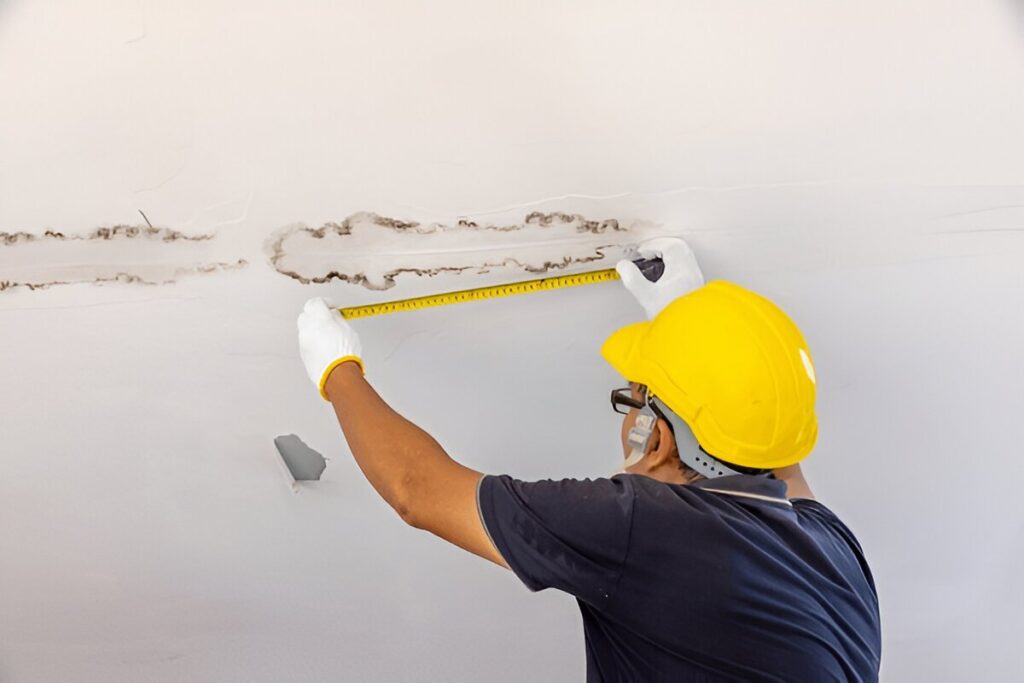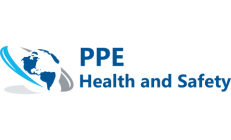
Mold is a common issue that can significantly impact the health and safety of your home environment. In Plainfield, NJ, where humidity levels can rise, understanding the importance of mold inspections and sampling is crucial for maintaining a healthy living space. This article delves into the significance of mold inspections, the process involved, and how they can protect your family from potential health risks associated with mold exposure.
Understanding Mold and Its Health Implications
Mold is a type of fungus that thrives in damp environments. It reproduces through tiny spores that can easily become airborne, leading to widespread contamination in homes. While some mold species are harmless, others can pose serious health risks, particularly to vulnerable populations such as children, the elderly, and individuals with pre-existing respiratory conditions.
Common Health Effects of Mold Exposure
Exposure to mold can lead to a variety of health issues, including:
- Respiratory Problems: Mold spores can irritate the airways, leading to coughing, sneezing, and difficulty breathing.
- Allergic Reactions: Many individuals may experience allergic reactions, including skin rashes, itchy eyes, and nasal congestion.
- Asthma Attacks: For those with asthma, mold exposure can trigger severe attacks, necessitating immediate medical attention.
- Long-term Health Risks: Prolonged exposure to certain types of mold, such as black mold, can lead to more serious health complications, including chronic respiratory diseases.
Identifying Mold Growth in Your Home
Recognizing the signs of mold growth is the first step in addressing the issue. Common indicators include:
- Visible Mold: Dark spots or patches on walls, ceilings, or floors.
- Musty Odors: A persistent, unpleasant smell often indicates hidden mold.
- Water Damage: Signs of leaks or water stains can suggest a conducive environment for mold growth.
The Importance of Mold Inspections in Plainfield NJ
Mold inspections are essential for identifying and addressing mold issues before they escalate. In Plainfield, NJ, where humidity can be a concern, regular inspections can help homeowners maintain a safe living environment.
What to Expect During a Mold Inspection
A professional mold inspection typically involves several key steps:
- Visual Assessment: Inspectors will conduct a thorough visual examination of the property, looking for signs of mold growth and water damage.
- Moisture Testing: Using specialized equipment, inspectors will measure moisture levels in various areas of the home to identify potential problem spots.
- Air Sampling: Air samples may be collected to analyze the presence of mold spores in the indoor environment.
- Surface Sampling: In some cases, surface samples may be taken from suspected mold growth areas for laboratory analysis.
Benefits of Professional Mold Inspections
Engaging a professional for mold inspections offers several advantages:
- Expertise: Professionals have the training and experience to identify mold issues that may go unnoticed by untrained eyes.
- Comprehensive Analysis: Detailed assessments provide a clear understanding of the extent of mold contamination.
- Actionable Recommendations: Inspectors can offer tailored solutions for remediation based on their findings.
Mold Sampling: A Critical Component of Inspections
Mold sampling is a crucial aspect of the inspection process, providing valuable data about the types and concentrations of mold present in your home.
Types of Mold Sampling Techniques
There are several methods for collecting mold samples, including:
- Air Sampling: This technique involves capturing air samples using a spore trap or impaction method. It helps determine the concentration of mold spores in the air.
- Surface Sampling: Surface samples can be collected using swabs or tape lifts to analyze mold growth on various surfaces.
- Bulk Sampling: In cases where mold is visible, bulk samples of the material (e.g., drywall or carpet) may be taken for laboratory analysis.
Interpreting Mold Sampling Results
Once samples are collected, they are sent to a laboratory for analysis. The results will indicate:
- Types of Mold: Identification of specific mold species present in the samples.
- Concentration Levels: Measurement of mold spore concentrations, helping to assess the severity of the contamination.
- Comparison to Outdoor Levels: Results may be compared to outdoor mold levels to determine if indoor concentrations are elevated.
Mold Remediation: Steps to a Healthier Home
If mold is detected during inspections, remediation is necessary to eliminate the problem and restore a safe living environment.
Key Steps in the Mold Remediation Process
- Containment: The affected area should be sealed off to prevent the spread of mold spores during the remediation process.
- Removal of Contaminated Materials: Any materials that cannot be salvaged, such as drywall or carpeting, should be removed and disposed of properly.
- Cleaning and Disinfection: Surfaces should be thoroughly cleaned and disinfected to eliminate any remaining mold spores.
- Moisture Control: Addressing the source of moisture is critical to preventing future mold growth. This may involve repairing leaks or improving ventilation.
Importance of Professional Remediation Services
While some homeowners may attempt DIY remediation, hiring professionals is often the best course of action. Professionals have the necessary equipment and expertise to ensure thorough remediation, minimizing the risk of mold returning.
Preventing Mold Growth in Your Home
Taking proactive measures can significantly reduce the likelihood of mold growth in your home.
Effective Mold Prevention Strategies
- Control Humidity Levels: Keep indoor humidity levels below 60% by using dehumidifiers and air conditioners.
- Ensure Proper Ventilation: Use exhaust fans in bathrooms and kitchens to reduce moisture buildup.
- Fix Leaks Promptly: Address any plumbing leaks or water damage immediately to prevent mold growth.
- Regular Inspections: Schedule routine mold inspections to catch potential issues early.
Educating Your Family About Mold
Raising awareness about mold and its potential health effects can empower your family to take preventive measures. Discuss the importance of reporting any signs of mold or water damage promptly.
The Role of Local Authorities and Resources
In Plainfield, NJ, local health departments and environmental agencies play a vital role in addressing mold-related concerns.
Available Resources for Homeowners
- Local Health Departments: These agencies can provide information on mold prevention and remediation resources.
- Environmental Protection Agencies: State and federal agencies offer guidelines and best practices for mold management.
- Community Workshops: Many local organizations host workshops to educate residents about mold prevention and health risks.
Reporting Mold Issues
If you suspect mold in your home, it’s essential to report the issue to local authorities. They can provide guidance on remediation and may offer assistance for vulnerable populations.
Conclusion
Mold inspections and sampling in Plainfield, NJ, are critical for safeguarding your family’s health. By understanding the risks associated with mold exposure and taking proactive measures, you can create a healthier home environment. Regular inspections, professional remediation, and preventive strategies will help ensure that your living space remains safe and mold-free. Prioritizing mold management not only protects your family’s health but also enhances the overall quality of your home.
For more information about Mold inspection in Plainfield New Jersey please contact:
Business Name: Green Guard Mold Remediation Plainfield
Address: 321 E 3rd St, Plainfield, NJ 07060
Phone Number: +1 888-793-7963
Website: https://greenguardmoldplainfield.com/
Google Map: https://maps.app.goo.gl/kXjxL35cW6kY4Jvx9
